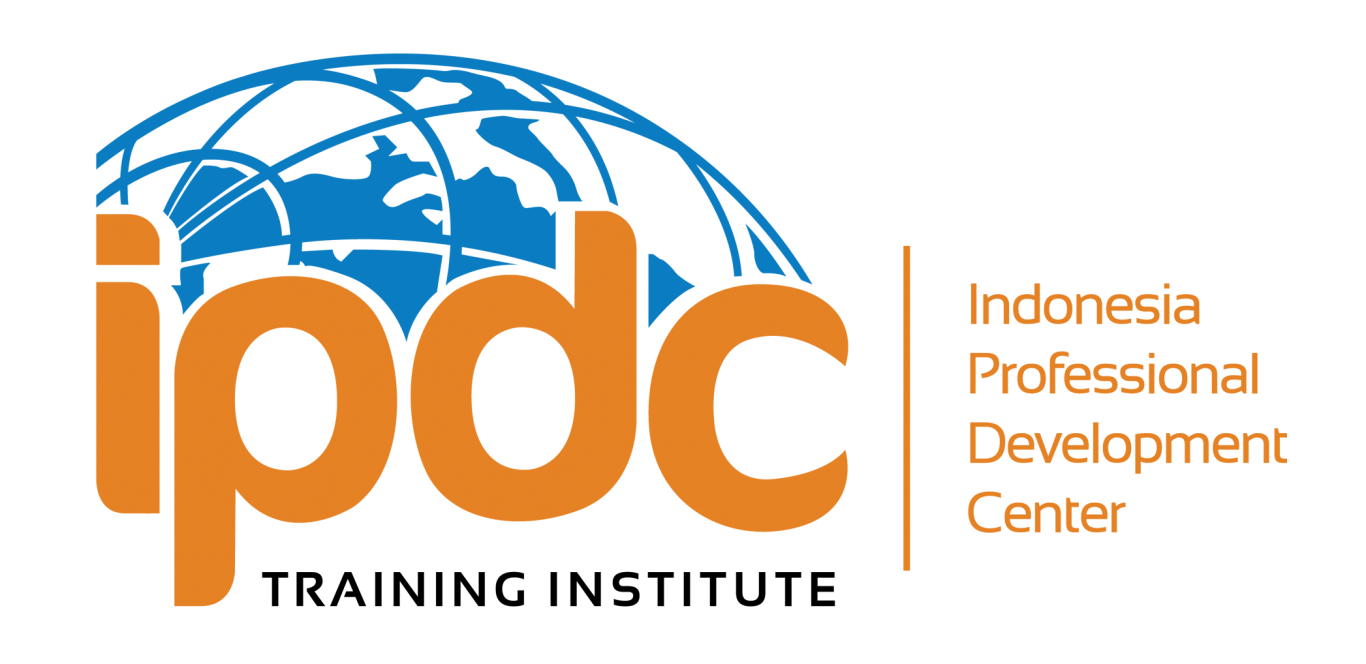Transforming Safety in Oil & Gas Industry in Indonesia
- Febryansyah Febryansyah
- Jan 25, 2024
- 2 min read

Transforming safety in the oil and gas industry in Indonesia involves implementing comprehensive strategies that address various aspects of safety culture, technology, training, and regulatory compliance. Safety is paramount in this industry due to its high-risk nature, and improvements can lead to enhanced operational efficiency, reduced accidents, and a healthier work environment. Here are key strategies for transforming safety in the oil and gas industry in Indonesia:
1. Safety Culture Enhancement:
Foster a strong safety culture from top management to the frontline workers. Emphasize the importance of safety as a core value, encouraging a mindset where safety is everyone's responsibility.
2. Leadership Commitment:
Ensure strong leadership commitment to safety. Leaders should set an example by prioritizing safety, participating in safety initiatives, and reinforcing the importance of safety in all organizational activities.
3. Employee Training and Competency Development:
Invest in comprehensive training programs to enhance the skills and safety awareness of all employees. This includes training on emergency response, hazard identification, and safe work practices.
4. Technology Integration:
Implement advanced technologies for monitoring and managing safety. This may include the use of IoT devices, drones, sensors, and data analytics to identify potential risks, monitor equipment health, and improve overall safety performance.
5. Real-time Monitoring and Reporting:
Establish real-time monitoring systems to track safety metrics and incidents. This enables prompt identification of potential issues, allowing for quick interventions and continuous improvement.
6. Collaboration with Regulatory Bodies:
Collaborate closely with regulatory bodies in Indonesia to stay updated on safety standards and compliance requirements. Proactively engage with regulators to align safety practices with industry best practices and evolving regulations.
7. Emergency Response Planning:
Develop and regularly update emergency response plans. Conduct drills and simulations to ensure that employees are well-prepared to respond effectively in the event of emergencies, such as fires, spills, or other hazardous incidents.
8. Behavior-Based Safety Programs:
Implement behavior-based safety programs that encourage employees to identify and report unsafe behaviors. Reward positive safety behaviors and continuously communicate the importance of individual contributions to overall safety.
9. Risk Assessment and Management:
Conduct thorough risk assessments for all operations. Implement risk management strategies to mitigate identified risks, including engineering controls, administrative controls, and the use of personal protective equipment (PPE).
10. Contractor Safety Management:
Extend safety protocols to contractors and subcontractors. Ensure that all entities working on behalf of the organization adhere to the same safety standards and undergo appropriate safety training.
11. Health and Wellness Programs:
Implement health and wellness programs to address both physical and mental well-being. Healthy employees are more likely to maintain focus and make safer decisions in the workplace.
12. Continuous Improvement and Learning:
Establish a culture of continuous improvement. Regularly review safety performance, learn from incidents, and implement corrective actions to prevent future occurrences. Encourage open communication about safety concerns.
13. Community Engagement:
Engage with local communities to address their safety concerns and build trust. This involves transparent communication, education on emergency response procedures, and collaboration on environmental impact assessments.
14. Environmental Sustainability:
Integrate environmental sustainability practices into safety initiatives. This includes minimizing environmental impact, reducing waste, and adopting eco-friendly technologies.
By implementing a holistic approach that encompasses culture, leadership, technology, and collaboration, the oil and gas industry in Indonesia can significantly improve safety standards, protect the well-being of its workforce, and contribute to sustainable and responsible operations. Continuous monitoring, adaptation to emerging technologies, and collaboration with relevant stakeholders are critical elements in this transformation process.





